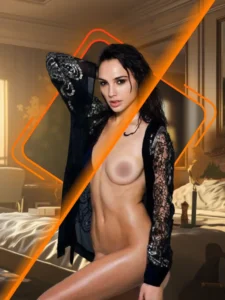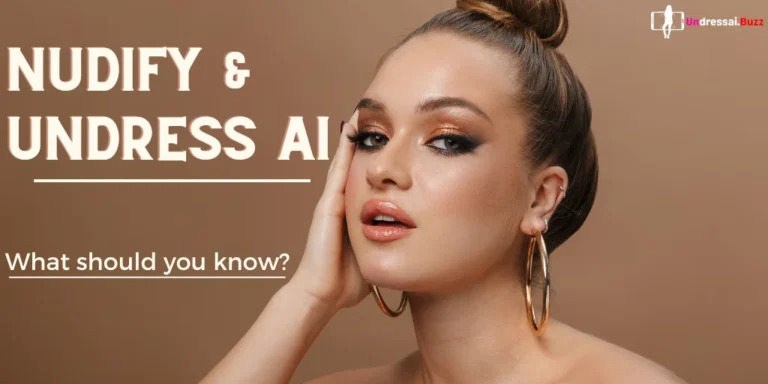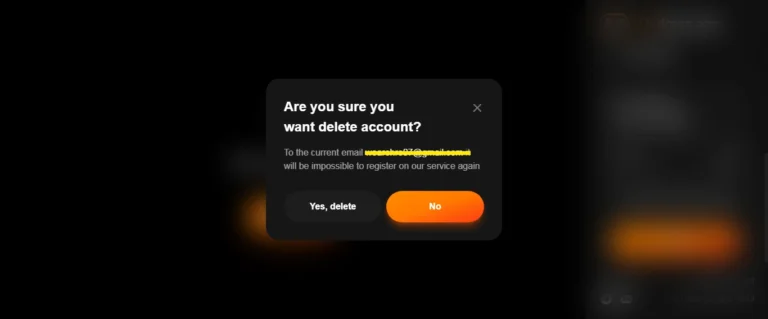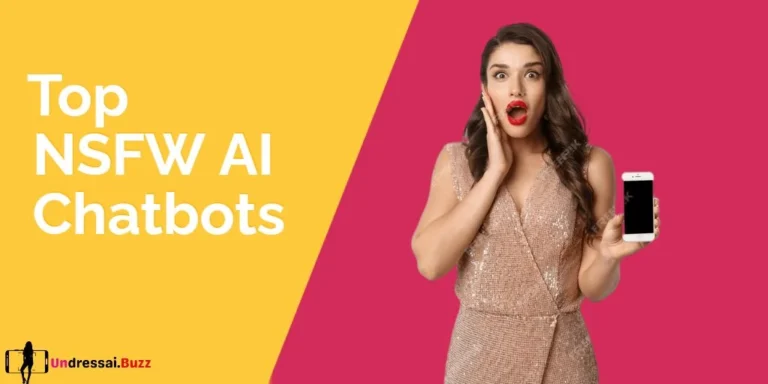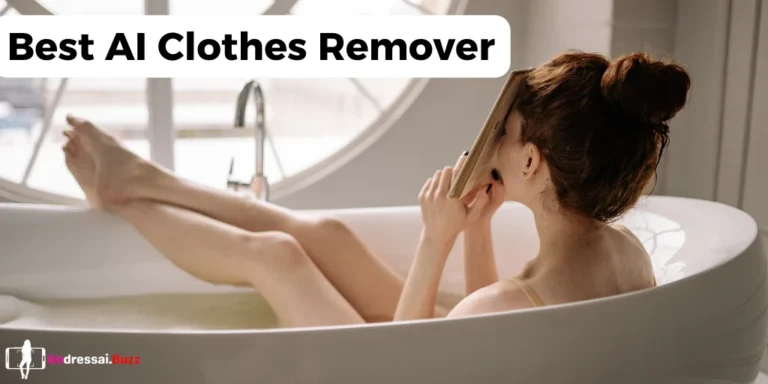Are Undress AI Apps Legal? What To Do Now?
The rise of Undress AI apps has sparked heated debate. These controversial apps leverage artificial intelligence to digitally remove clothing from photos of people, often without their consent. Civil rights groups argue Undress AI enables the nonconsensual spread of intimate images, violating privacy. However, tech advocates claim banning AI creativity risks stifling innovation.
So are Undress AI apps legal? The short answer is: that it's complicated. Laws and regulations lag behind AI advancements. While some jurisdictions have updated regulations to address deepfakes, most still lack clear rules. Victims struggle to get legal recourse. Making matters murkier, app developers argue they aren't responsible for how people use the technology.
The legal status of Undress AI lies in a gray zone. However ethical questions persist about consent, privacy, and AI bias. As these apps grow in popularity, calls are mounting for updated regulations and industry standards balancing creative freedom, ethics, and public interest.
Let's take a deeper dive into one of the most heated topics whether these Undress AI Apps legal to use or not.
What is Undress AI?

Undress AI is an artificial intelligence-powered program that uses deep learning algorithms, specifically Generative Adversarial Networks (GANs), to digitally remove clothing from images. Users upload a photo, and the AI analyzes the image, identifying features such as body shape, skin tone, and clothing. It then generates a new image that shows the person without clothing.
While its primary audience may be the adult entertainment industry, the implications of Undress AI stretch far beyond, opening up potential applications in fields like art and fashion. However, it also raises significant ethical and privacy concerns, highlighting the need for responsible use of such transformative technology.
How does Undress AI work?

Undress AI is an artificial intelligence-powered program that uses deep learning algorithms to remove clothing from images. The process begins when a user uploads a photo. The AI then analyzes the image, identifying features such as body shape, skin tone, and clothing. Using its learned knowledge, the AI generates a new image that shows the person without clothing.
However, the generated images may not accurately depict the actual appearance beneath the clothes, as the tool guesses based on user input, often leading to unrealistic or distorted images.
What are the potential applications of Undress AI?
Are Undress AI Apps Legal to Use?
Undress AI is technically safe in terms of data protection, its use demands a high degree of responsibility and ethical consideration. Users must be acutely aware of the potential risks and consequences and ensure they approach the tool with respect and consent.
The platform emphasizes user responsibility, urging them to use the tool ethically and avoid misuse. However, the potential for misuse in the wrong hands is concerning. Therefore, while Undress AI is not inherently harmful, it's crucial to note that its primary intent is not to promote non-consensual image manipulation.
In Short, the legitimacy of Undress AI is complex and multifaceted. While the technology offers remarkable capabilities, it's imperative to navigate these waters with a strong moral compass and a clear understanding of the ethical and legal aspects. The responsible use of Undress AI, guided by ethical principles and legal compliance, is essential to harness its benefits while minimizing potential harms.
Ethical Concerns While Using Undress AI

What are the legal Implications of Using Undress AI?
There are several key legal implications to consider with using AI image manipulation tools like Undress AI:
- Consent issues: Using personal photos without consent violates privacy rights and can enable harassment or blackmail. This is a major ethical and legal concern.
- Deepfakes and misrepresentation: The manipulated realistic images could be shared without permission, leading to reputational damage or emotional distress. Some jurisdictions prohibit deepfakes.
- Tracking and data privacy risks: It's unclear if user data is retained securely, posing privacy risks if leaks occur. Using VPNs and secure browsers can help mitigate this.
- Varying local laws: Obscenity and pornography laws differ across regions. Violating them can lead to legal penalties. There are also laws specifically targeting AI image manipulation.
- Child pornography risks: Using images of underage individuals is strictly illegal and has severe consequences.
- Unclear terms of service: Platforms usually emphasize user responsibility but the extent of acceptable use can be ambiguous.
In short, while advanced deep learning enables capabilities like Undress AI, the technology's potential for unethical use and amplification of harm mean regulatory guardrails are imperative for it to be considered legitimate. Responsible development and use remain vital despite technical legality.
Ensuring Safety When Using Undress AI: Key Measures to Implement
Here are some measures that can be taken to ensure safety when using Undress AI:
The Potential Legal Consequences of Employing Undress AI on Individuals: An In-depth Examination
Remember, the use of Undress AI and similar tools should always prioritize consent, consider legality, and stay informed to safeguard privacy.
The potential legal consequences of using Undress AI on individuals can be severe and vary depending on the jurisdiction. Unauthorized use of such tools can lead to fines, imprisonment, or both. The creation and distribution of non-consensual explicit images violate personal privacy and can be considered illegal. In some cases, using AI to create non-consensual intimate images can be considered the production of child sexual abuse material, which is criminally actionable.
Moreover, the legal landscape surrounding Undress AI is intricate and varies across jurisdictions. Some jurisdictions, like Virginia and New York in the USA, have specific laws addressing the issue of artificially created nudes.
In most states, revenge porn claims are legally recognized when a victim can show that an image or video, identifiable to or attributed to an actual person, is improperly disseminated or sold with the intent to cause the victim some specific harm, and does cause such harm.
Overall, the legal issue becomes more complex when dealing with synthetic images created by AI, and this is an issue that has yet to be decided. Therefore, it's crucial to be aware of the laws in your region and only use the photos you have full rights to.
